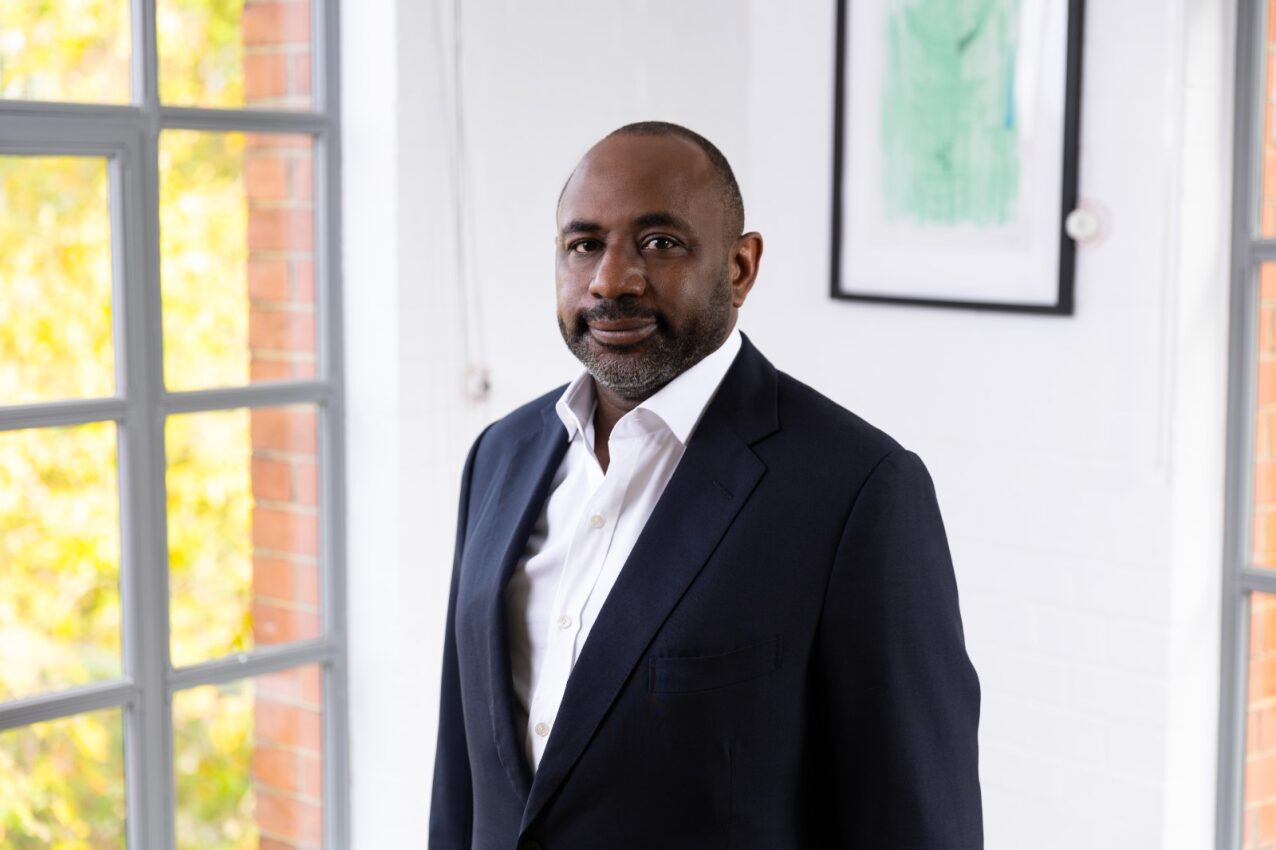The 10th annual AFRICA HEALTH CONGRESS will be held at Gallagher Estate from 26-28 October. This year’s Congress is expected to include representatives from 56 countries and offer free CPD conferences. A possible topic of interest at this year’s event is discussed in the content below.
This article looks at the reasons why African radiology professionals may be reluctant to make use of artificial intelligence in their field, including a lack of funding for AI-powered equipment and lack of training and education in the era of transformation.
Concepts like artificial intelligence (AI), machine learning algorithms, deep learning, and convolutional neural networks, previously the forte of the IT world, are now being applied across many sectors of the medical world as well[i].
Radiology has been especially quick to adopt such concepts, as many people see great potential for this technology to enhance radiology workflows, augment quantitative radiology, and even help us discover genetic markers in genomic imaging[ii].
AIs could potentially process massive volumes of scans, imaging data, and other visual information, to help radiologists with prioritisation, triage, and diagnosis[iii]. AI-augmented workflows are therefore expected to swiftly become de rigueur[iv], especially in under-resourced contexts like Sub-Saharan Africa, where this tech promises to bring much-needed relief, bolstering efficiency and capacity, while easing the Radiologist’s workload.
While AI will likely never fully replace human doctors, it could assist Radiologists and Radiology technicians significantly in patient prioritisation and flagging urgent cases, as well as time-consuming monitoring, reporting and administration. It can help them to better refine each patient’s personalised treatment protocols, dose parameters, and radiation risk estimates with greater nuance, in less time[v], potentially resulting in better patient outcomes overall.
Africa Health conference content lead Cynthia Makarutse says that while certain radiology sub-specialities – cancer screening for example – have been the subject of much attention within both media and medical scientific circles, children’s imaging has largely been overlooked[vi].
She says that the potential for AI applications in clinical and paediatric radiology is significant and suggests that the automation of image interpretation may be only the tip of the iceberg.
She notes that other applications for AI in Paediatric Radiology include computerised tomography (CT) scan image quality enhancements that could significantly reduce the amount of x-ray radiation needed to retrieve reliable x-ray data on child patients; better resource allocation in Paediatric Radiology units with less human effort; and an easing of the burden on HCWS, by automating some aspects of reporting, workflow designation, and triage.
“Paediatric Radiology is now taking inspiration from the areas of adult or general Radiology where AI has already proven beneficial or has shown early-stage indications of feasibility[vii], to envision a future where AI-enhanced Paediatric Radiology services are used to escalate UHC coverage goals on the African continent,” she adds.
There are however numerous concerns around the implementation of AI technology in Paediatric Radiology, Makarutse cautions. “Clinicians will need to be well-informed about new AI tools, and the differences in their usages for children compared to adult patients,” she explains. “It’s also possible that new paediatric AI algorithm-based models would need to be trained on paediatric-specific datasets for optimal image pattern recognition.”
The topic will feature prominently at the 11th Imaging & Diagnostics conference on the first day of Africa Health Exhibit 2022, on Wednesday, 26 October. Themed around novel approaches to AI in Paediatric Radiology, the first session will be hosted by Prof Nasreen Mahomed, Associate Professor and Academic Head of Radiology at WITS University in Johannesburg.
As Chair of the South African Society of Paediatric Imaging, Naseen has been instrumental in the ongoing updates to SA’s national Paediatric Imaging protocols. An advocate for technological innovation in healthcare systems, she delivered a talk on BRICS partnerships for telemedicine options in Africa Nelson Mandela University, in 2018. She is also the Clinical Head of Radiology at Rahima Moosa Mother and Child Hospital.
Prof Mahomed will be joined at the conference by Dr M. Yaqub, who will broach the complementary topic, ‘AI in Radiology – recent advances in research, development & deployment’, and Prof Sudhir Vinayak who will try to answer the question, ‘How is AI changing the game in breast imaging?’. The session, moderated by Prof Richard Pitcher, will conclude with an interactive Q&A with these renowned authorities of the radiology word.
“Although applications are still in their infancy, today’s landscape presents opportunities for innovators and early adopters to enhance Paediatric Radiology workflows, better facilitate individualised treatment protocols, and bring about better patient experiences, and better healthcare outcomes. The potential benefits include clinical governance enhancements, as well as significant system- and facility-scale savings of both time and money[viii]. Paediatric Radiologists are well-positioned to lead the charge in understanding, evaluating, and implementing these new technologies to improve patient safety and clinical care,” Makarutse concludes.
Sources:
[i]https://www.radiologytoday.
[ii]https://www.



